Siquijor - an island in the Philippines, is not only an ideal tourist destination but also famous as a "magical" island with supernatural healing methods.
Since ancient times, Siquijor has been known as the island of witchcraft, magic and folk remedies, attracting many tourists not only from the Philippines but also from all over the world . Combining Catholicism (since the 16th century by the Spanish) and shamanic practices such as medicine mixing, exorcism. The supernatural treatments here are "highly appreciated" by tourists because of their ability to cure all kinds of diseases no matter how serious.

Siquijor - the magical island in the Philippines famous for its supernatural healing methods.
According to tour guide Luis Nathaniel Borongan, many people believe that there are multiple worlds. “Evil spirits surround us, in the waterfalls, the jungles and the seas. If we disturb them, they can take revenge with illness, curses or even death,” he said.
In particular, the people of Siquijor have more faith in the healing abilities of traditional healers than in medical doctors. They often seek out mananambals (healers) to treat illnesses that Western medicine cannot cure.

Siquijor also possesses the beauty of blue sea water and white sand beaches.
Borongan, a resident of Siquijor, says an important part of treatment here is prescribing homemade folk remedies. They make all sorts of natural remedies from the roughly 300 medicinal plant species that grow on the island. It is this richness that is why folk remedies have been so important to the islanders’ lives for centuries.
Spanish explorers Juan Aguirre and Esteban Rodriguez were the first Europeans to visit Siquijor in 1565. When they saw the island from afar, they thought it was on fire and named it Isla de Fuego (Island of Fire). However, the light was not fire but the glow of fireflies that swarmed the island’s molave trees. This natural phenomenon is now rare, which is probably why Siquijor is known for its magical properties. Even locals from neighboring islands are afraid to come here because of this.

Folk remedies of mananambal in Siquijor.
On the island, the use and preparation of herbal concoctions is very popular, and visitors can easily buy them at roadside shops for about 100 pesos (about 44,000 VND). One of the most popular and chosen medicines by tourists is the love potion, which contains 20 natural ingredients, including pangamay - a strangely shaped plant that resembles a hand.
Lilia Alom, a potion maker with more than 30 years of experience, said the drug “symbolizes a calling” and is often used to attract temporary love, not to bring eternal love to the user.
Every week on Black Saturday, the people of Siquijor hold a long-standing traditional ceremony here that attracts a lot of attention from tourists. During this ceremony, the medicine men use a special medicine made from more than 200 ingredients, called minasa wax, to burn in the to-ob. The purpose of the ceremony is to drive away evil spirits and break spells. To make this wax, the medicine men must collect ingredients such as insects, flowers, herbs, wild honey and candle wax from the cemetery on 7 consecutive Fridays during Lent. Therefore, this is a special day of the year, called Black Saturday.

The woman is mixing medicine.
People who come for treatment do not have to pay for treatment. Instead, they are asked to make a small donation. “We do this out of passion, not for profit,” says healer Juanita Torremacha.
In recent years, the number of mananambal has decreased significantly. To change this, since 2006, the Siquijor medicine men's association has held every Holy Week at Mt Bandilaan National Park with the aim of welcoming locals and tourists, so that people can mix their medicines and experience the rituals.

People coming to Siquijor for medical treatment do not have to pay any fees.
Borongan - a local - shared: "We want to prove that the healing power here is very high and has existed for centuries, it makes Siquijor special and we want to protect this miracle forever."
(According to 24h)
Source





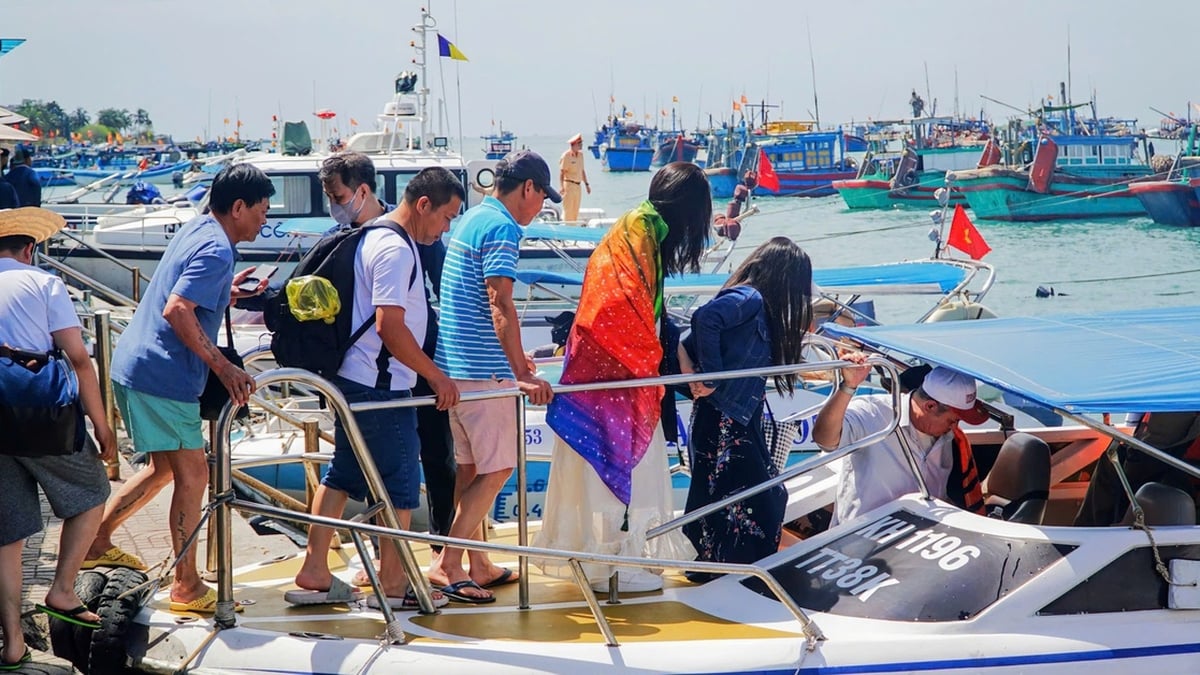



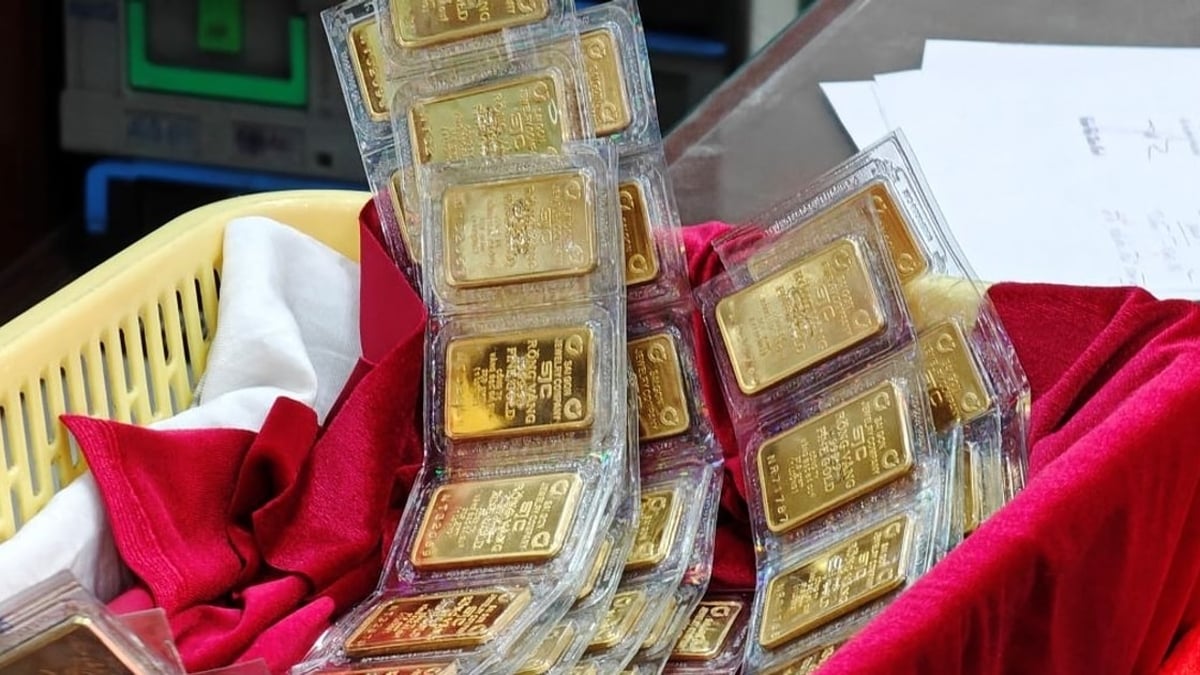
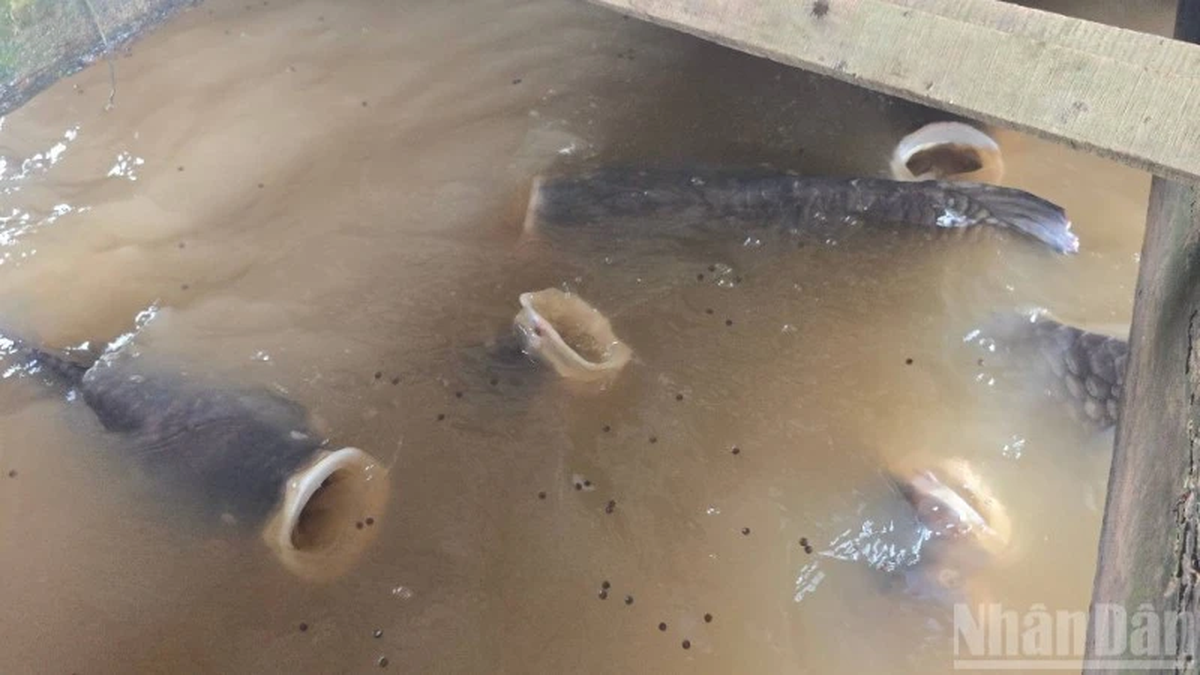
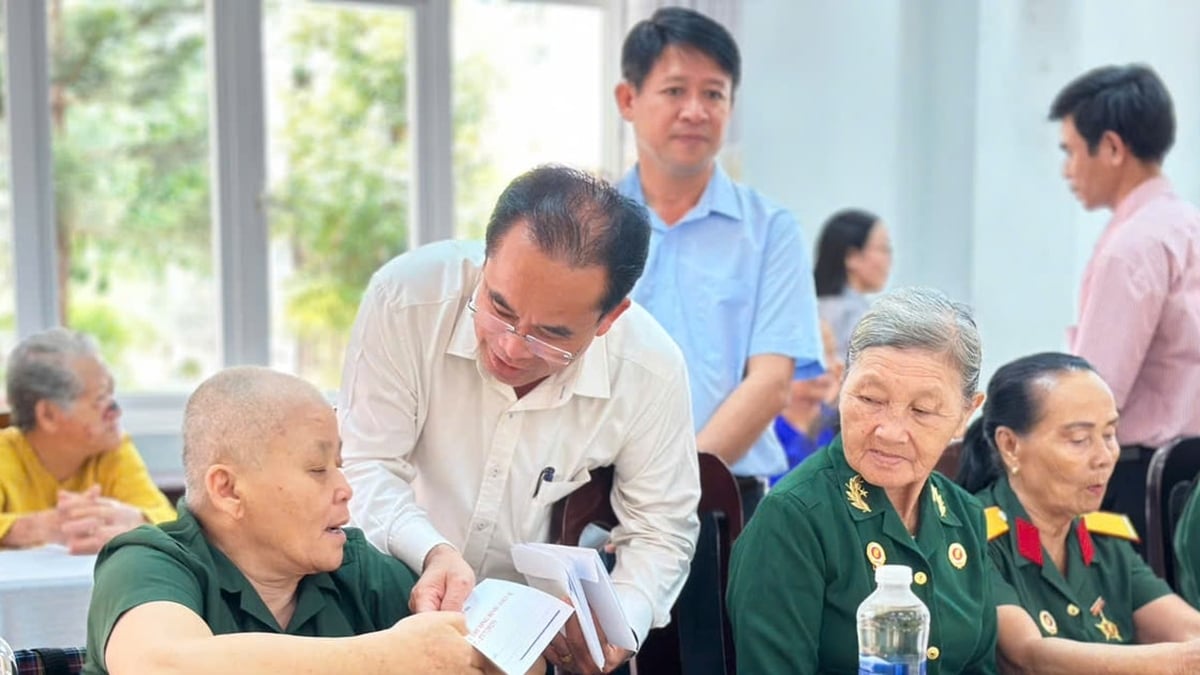













![[Photo] National Assembly Chairman Tran Thanh Man visits Vietnamese Heroic Mother Ta Thi Tran](https://vphoto.vietnam.vn/thumb/1200x675/vietnam/resource/IMAGE/2025/7/20/765c0bd057dd44ad83ab89fe0255b783)


































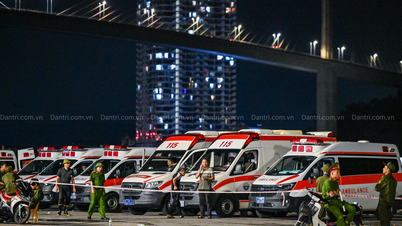
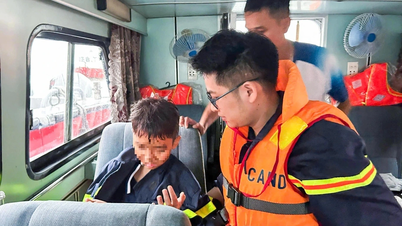

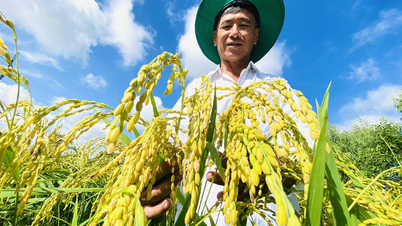

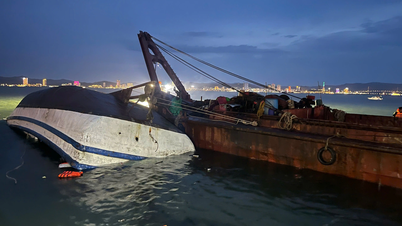








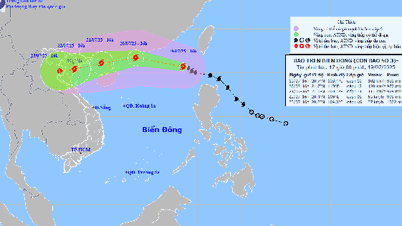
























Comment (0)